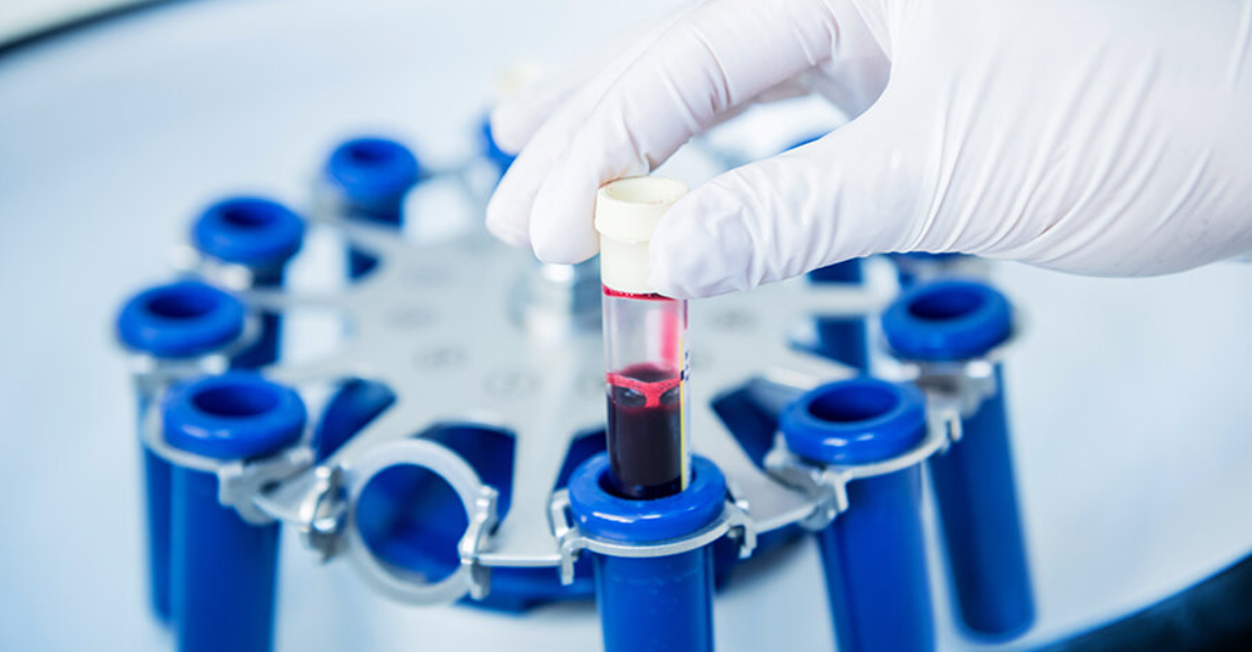
Certain plasma microRNAs could serve as diagnostic biomarkers in mild traumatic brain injury, a new study shows. The biomarkers were discovered in an animal model and they were successfully used also to diagnose mild traumatic brain injury in a subgroup of patients.
Mild traumatic brain injury is difficult to detect by contemporary conventional imaging methods. Most patients do not exhibit visible structural damage to the brain. Even without visible structural damage, it is extremely important to diagnose mild traumatic brain injury since patients’ ability to work and their overall quality of life might become deteriorated. There is a major unmet medical need to identify accurate, affordable, and widely accessible diagnostic biomarkers that could be used to better diagnose patients with mild traumatic brain injury and to guide them to symptomatic, timely, and rehabilitative treatment.
Blood-based biomarkers enable minimally invasive and cost-effective diagnostics. Earlier studies have shown that many biomarkers hold promise for characterizing the severity of traumatic brain injury, and they can provide molecular-level information about the ongoing pathological changes. In the newly published study, researchers set out to find microRNAs that could serve as biomarkers to diagnose traumatic brain injury. MicroRNAs, or miRNAs, are small RNA molecules that regulate the expression of protein-coding genes. Blood plasma samples were sequenced from an animal model both after mild and severe traumatic brain injury. The miRNAs showing the greatest potential based on the sequencing data were selected for further analysis.
“We have been developing a suitable analysis and measurement method especially for miRNAs that can be found in small amounts in plasma, and this method is based on digital droplet PCR,” Dr. Noora Puhakka from the A. I. Virtanen Institute for Molecular Sciences at the University of Eastern Finland says.
“Humans and animals share many identical miRNAs, and this makes them excellent candidates for translational studies, where results achieved in animal models are sought to be applied in humans. However, it has proven challenging to reproduce results from different studies and different sets of data. This is why assessing the quality of measurement methods, and reproducibility is an extremely important part of biomarker research.”
The objective of the newly published study was to identify plasma miRNA biomarkers that are sensitive and specific to mild traumatic brain injury in an animal model and to explore whether they could also be used to diagnose mild traumatic brain injury in humans.